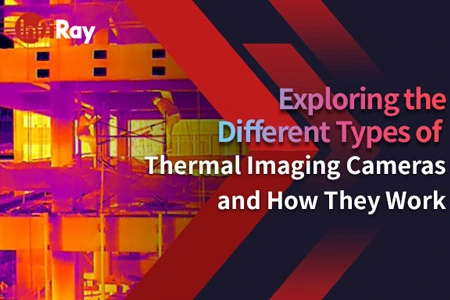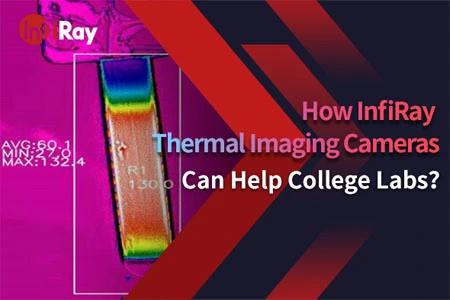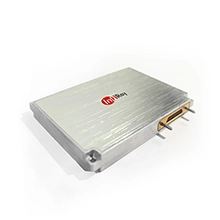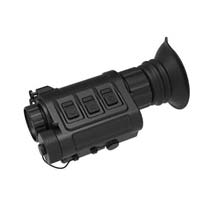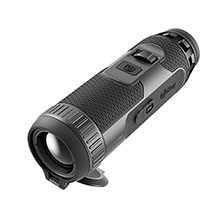A Perfect Match for Circuit Board Detection: Thermal Cameras
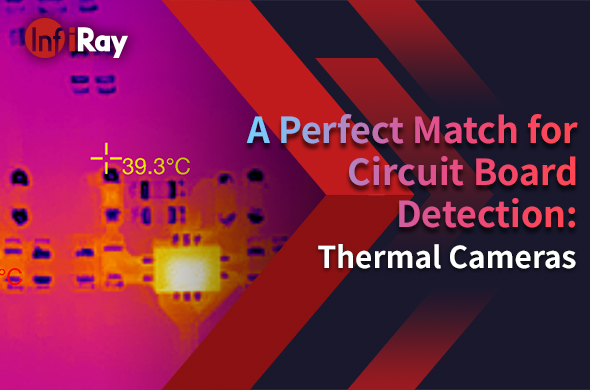
In the intricate world of circuit board detection, precision and accuracy are paramount. The use of thermal cameras has emerged as a perfect match for this critical task, revolutionizing the way businesses approach manufacturing, maintenance, and security. In this blog, we will explore the advantages of employing thermal imagers for circuit board detection, delve into their diverse applications, and guide you in choosing the right thermal imaging camera for your specific needs.
I. Why Should We Detect Circuit Board
Circuit board detection is a crucial aspect of various industries, ensuring the seamless functioning of electronic devices. Thermal cameras, with their advanced capabilities, have become a game-changer in enhancing the efficiency and reliability of this process.
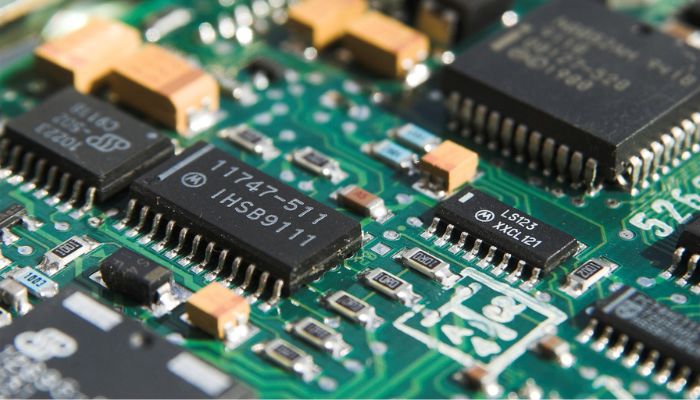
II. Advantages of Thermal Cameras for Circuit Board Detection
A. Precision and Accuracy
Thermal imaging cameras excel in providing precise temperature measurements, allowing for the early detection of potential issues. The high thermal sensitivity ensures that even minor anomalies are identified, preventing costly malfunctions.
B. Non-intrusive Nature
Unlike traditional methods that might require physical contact with the circuit board, thermal cameras operate non-intrusively. This non-contact approach minimizes the risk of damage and ensures the integrity of the components being inspected.
C. Ability to Detect Anomalies and Hotspots
Thermal imaging cameras are adept at identifying hotspots and anomalies that might go unnoticed by other detection methods. This capability is invaluable in preventing overheating and potential electrical failures.
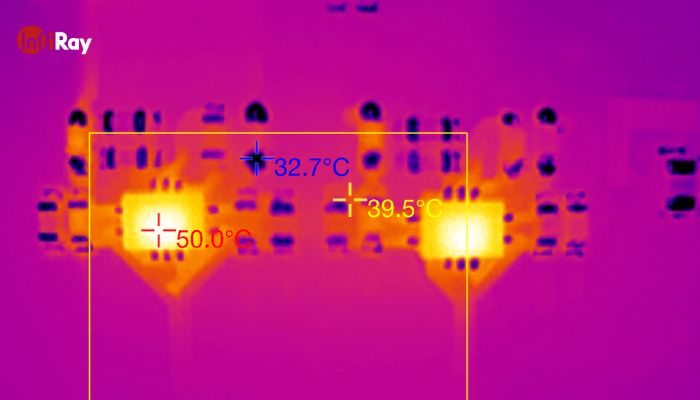
III. Applications of Thermal Cameras in Circuit Board Detection
Thermal imaging cameras have proven to be invaluable tools in the realm of circuit board detection, finding versatile applications across various industries. Their advanced capabilities make them a go-to solution for enhancing manufacturing processes, optimizing maintenance procedures, and bolstering security measures.
A. Manufacturing and Quality Control
In the manufacturing landscape, the application of thermal cameras in circuit board detection has revolutionized quality control. These cameras enable real-time monitoring of temperature variations during the production of circuit boards, ensuring that each component meets the stringent standards set for performance and reliability. By providing a continuous stream of thermal data, manufacturers can identify and rectify potential issues promptly, resulting in a significant reduction in defective units.
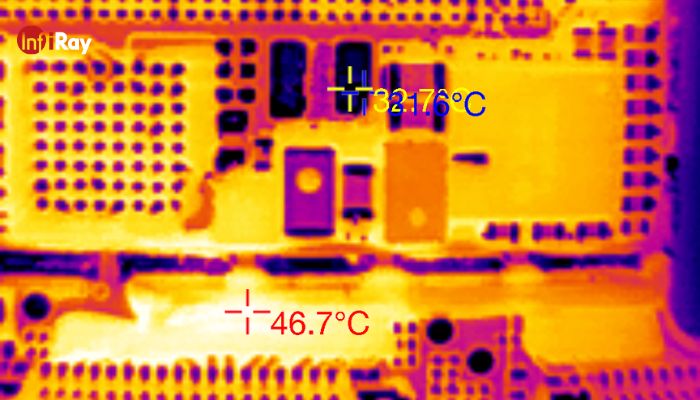
B. Maintenance and Troubleshooting
Thermal cameras play a pivotal role in the realm of maintenance and troubleshooting for electronic systems. When it comes to circuit board detection, these cameras facilitate the swift identification of faulty components. By capturing thermal images, maintenance teams can pinpoint overheating elements or anomalies that might lead to malfunctions. This proactive approach minimizes downtime, allows for timely repairs, and ultimately extends the lifespan of electronic equipment.
C. Security and Surveillance
The integration of thermal cameras into security and surveillance systems has become a cornerstone in safeguarding critical electronic systems. Thermal imaging technology provides a clearer picture, enhancing the ability to detect potential security threats. Whether it's unauthorized access or the early identification of fire hazards, thermal cameras offer an additional layer of protection to sensitive areas housing vital electronic components.
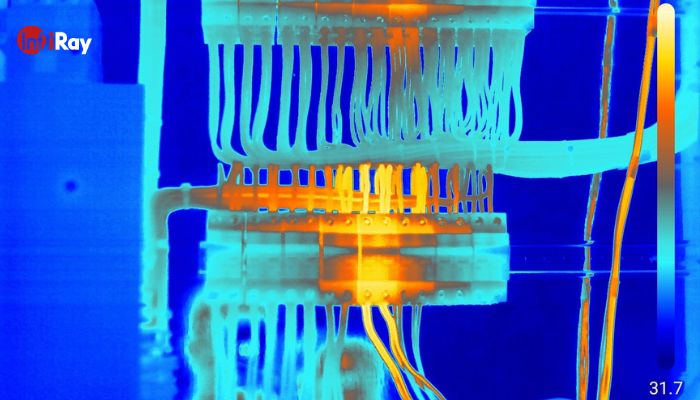
D. Real-Time Anomaly Detection
One of the standout features of thermal cameras in circuit board detection is their ability to detect anomalies and hotspots in real time. Traditional methods may overlook subtle changes, but thermal imaging excels in capturing temperature variations that could indicate potential issues. This real-time anomaly detection capability ensures a proactive response to prevent overheating and electrical failures.
E. Integration with Artificial Intelligence
As the field of artificial intelligence (AI) advances, thermal cameras are increasingly being integrated into AI-driven systems for enhanced functionality. This integration allows for more intelligent anomaly detection and predictive maintenance. AI algorithms can analyze thermal data from cameras, identify patterns, and predict potential issues before they escalate, further optimizing the circuit board detection process.
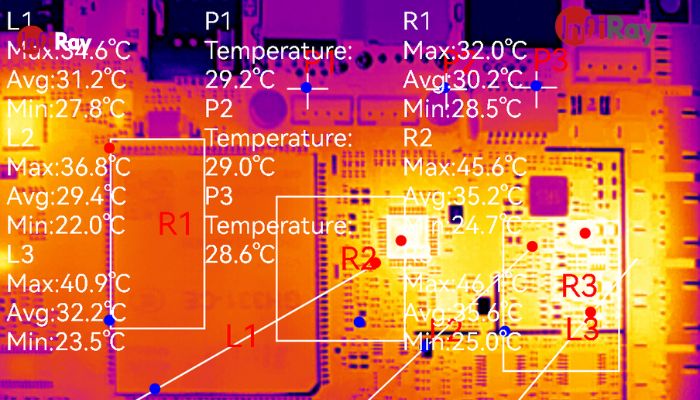
The applications of thermal imaging cameras in circuit board detection extend far beyond simple temperature monitoring. Their role in manufacturing, maintenance, security, real-time anomaly detection, and integration with artificial intelligence positions them as indispensable tools in ensuring the reliability and longevity of electronic systems.
IV. Key Features to Consider in Thermal Cameras for Circuit Board Detection
A. High Resolution and Thermal Sensitivity
Opt for thermal cameras with high resolution and thermal sensitivity to ensure clear and accurate imaging. This is particularly crucial when dealing with intricate circuit board components.
B. Real-time Monitoring Capabilities
The ability to monitor temperatures in real time is essential for identifying sudden changes or abnormalities. Look for cameras that offer continuous monitoring features to enhance the effectiveness of your detection system.
C. Integration with Existing Systems
Choose thermal cameras that seamlessly integrate with your existing monitoring and control systems. This ensures a smooth transition and enhances overall operational efficiency.
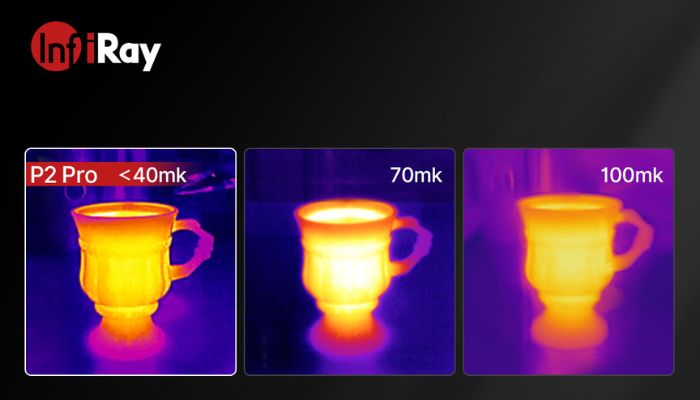
V. How to Choose the Right Thermal Camera for Circuit Board Detection
A. Consideration of Specific Requirements and Use Cases
Identify your specific requirements and use cases before selecting a thermal camera. Whether it's for manufacturing, maintenance, or security, understanding your needs is crucial in making an informed decision.
B. Comparison of Popular Thermal Camera Models
Research and compare popular thermal imager models in the market. Look for reviews and testimonials from other businesses in your industry to gauge the performance and reliability of different models.
C. Budget Considerations and Cost-effectiveness
While it's essential to invest in quality thermal cameras, consider your budget constraints. Look for models that offer a balance between features and cost-effectiveness, ensuring a positive return on investment.
VI. Installation and Best Practices
A. Proper Positioning and Calibration of Thermal Cameras
Ensure that thermal cameras are positioned correctly to capture the entire circuit board area. Calibration is key to accurate temperature measurements, so follow manufacturer guidelines for optimal performance.
B. Regular Maintenance and Updates
Regularly maintain and update your thermal cameras to ensure they function at peak performance. This includes cleaning lenses, checking for any hardware issues, and installing software updates.
C. Training for Users and Operators
Provide comprehensive training for users and operators to maximize the effectiveness of thermal cameras. Understanding how to interpret thermal images and respond to alerts is crucial for a successful circuit board detection system.
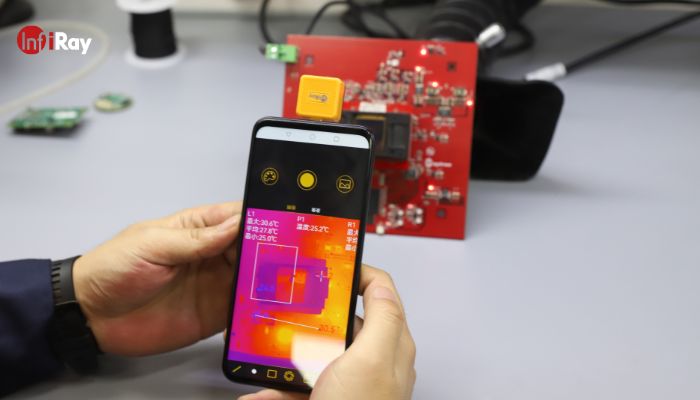
VII. Future Trends in Thermal Camera Technology for Circuit Board Detection
As technology continues to evolve, so do thermal cameras. Here are some trends shaping the future of thermal imaging technology for circuit board detection.
A. Advancements in Sensor Technology
Ongoing advancements in sensor technology will lead to even higher resolution and sensitivity in thermal cameras, further improving their capabilities in circuit board detection.
B. Integration with Artificial Intelligence and Machine Learning
The integration of artificial intelligence (AI) and machine learning (ML) will enhance the intelligence of thermal imaging. This will enable more accurate anomaly detection and predictive maintenance capabilities.
C. Potential Innovations Shaping the Industry
Keep an eye on potential innovations such as augmented reality (AR) integration and enhanced connectivity options. These innovations can bring new dimensions to how thermal cameras are utilized in circuit board detection.
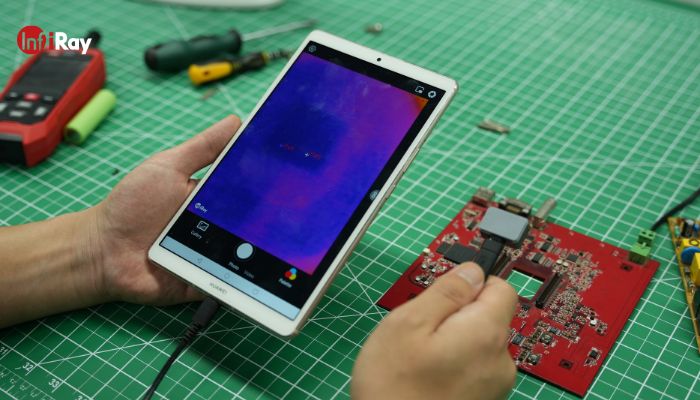
Thermal cameras have proven to be a perfect match for circuit board detection, offering unparalleled precision, non-intrusive operation, and the ability to detect anomalies effectively. Whether you are in manufacturing, maintenance, or security, integrating thermal imaging into your processes can lead to improved efficiency and cost savings.








